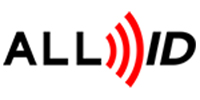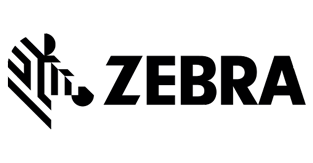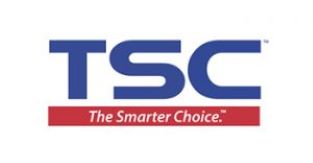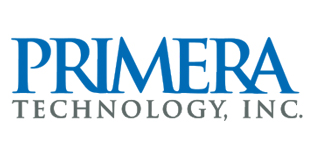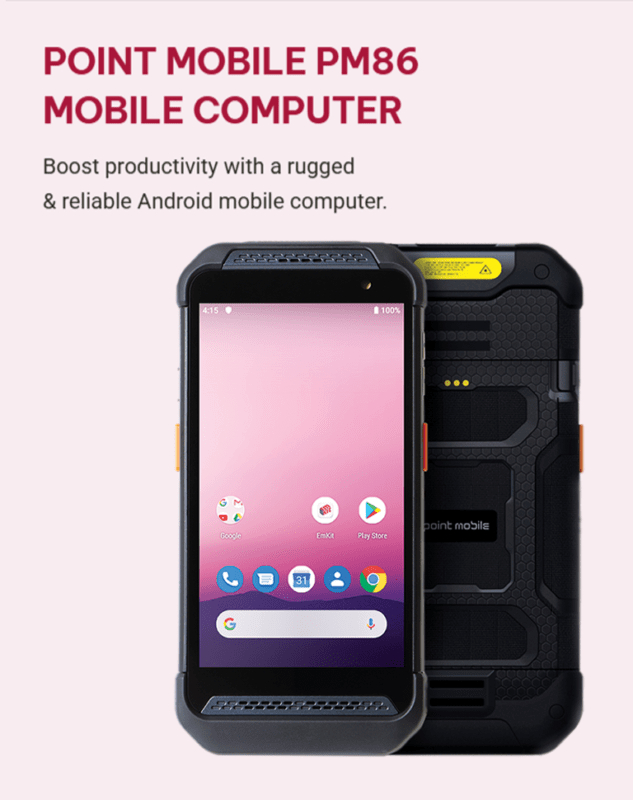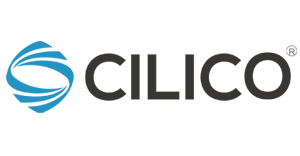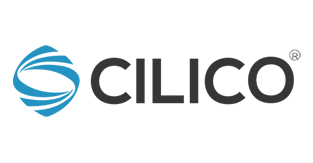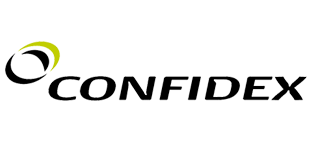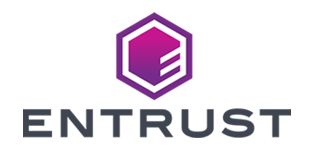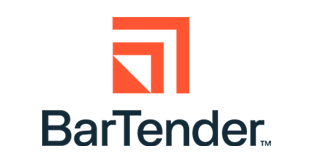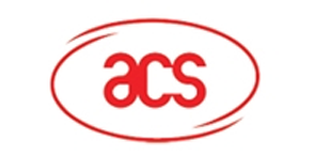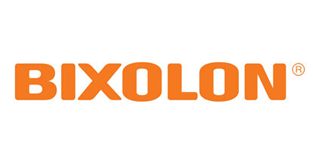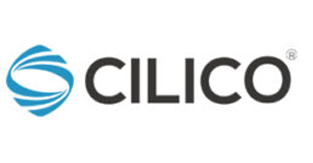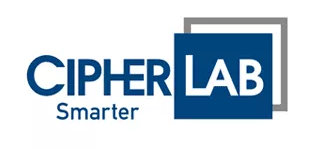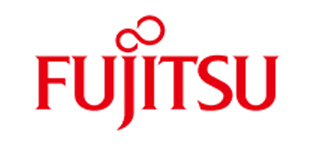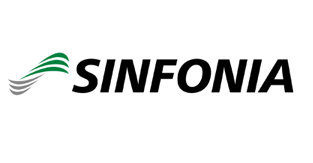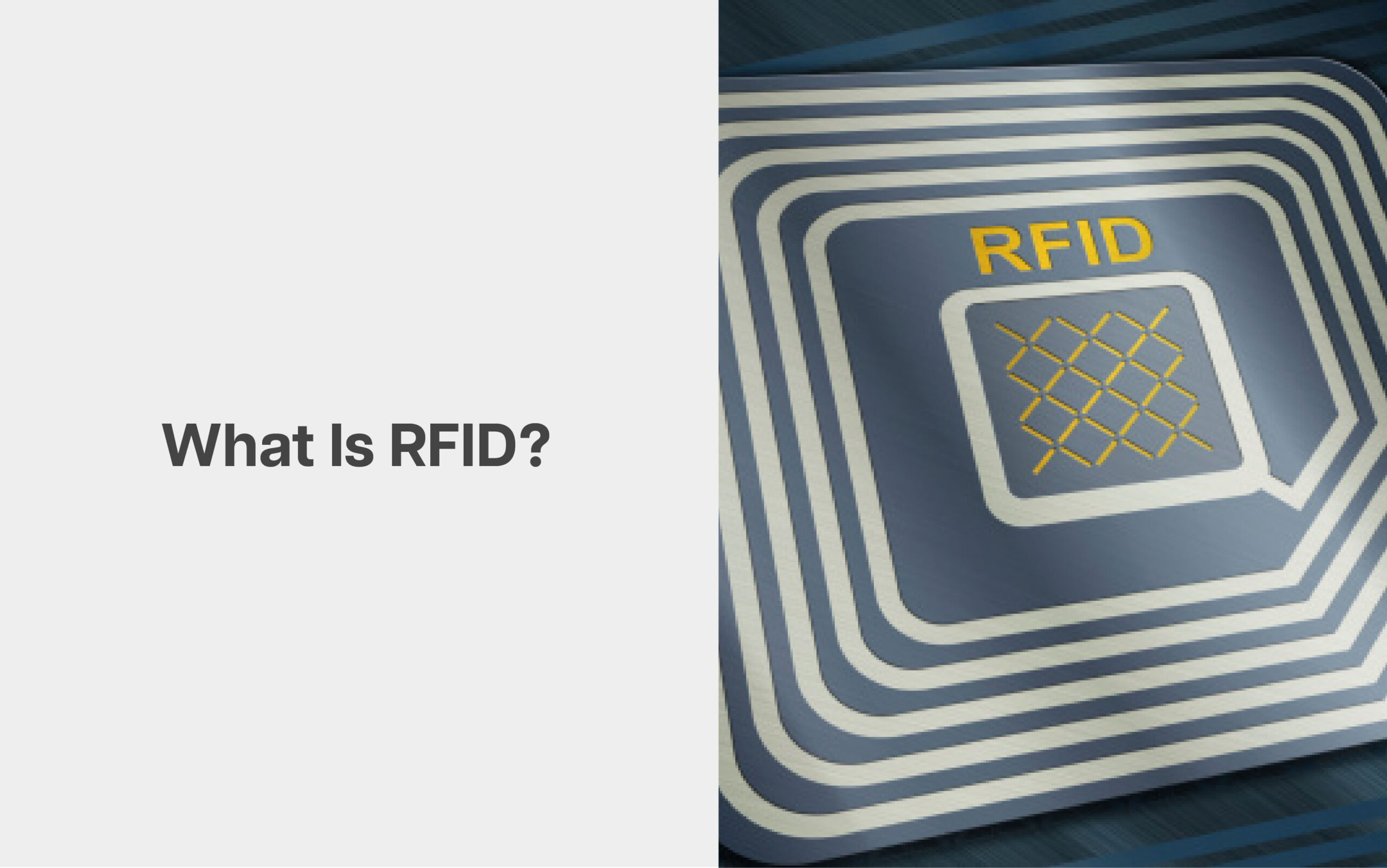What Does RFID Stand For?
Radio Frequency Identification – It is an automatic identification technology whereby a digital data is encoded in an RFID tag or label and is captured by a RFID reader using radio waves.
RFID Tags, Labels & Readers
Image: RFID Tags
RFID tags comes in all shape and sizes. Silicon makes up the microchip of an RFID transponder. The chip and antenna are often mounted on a PET or paper substrate, with the antenna being formed of etched copper, 5, or conductive ink.
Image: Zebra Technologies RFID Label
RFID labels are small, adhesive stickers that can be applied to any asset for tracking reasons. The labels are available in various sizes, these labels are frequently utilised in retail establishments and warehouses for stock control.
Image: Zebra Technologies RFID Readers
The RFID reader is a network-connected gadget that can be carried about or fixed to a surface. It sends signals that activate RFID tags using radio waves. After being activated, the RFID tags return a radio wave to the antenna, where it is converted into information. The RFID tag’s built-in transponder.
So, How Does RFID Works?
To simply put it, RFID is similar to barcode technology. Barcode technology does not use radio waves to capture data; it only requires us to scan the label using a barcode scanner. On the other hand, RFID tags or labels are not required to be seen in order to scan and read their stored data – that’s one of the key characteristics of RFID.
Barcode scanners can only scan barcode labels manually and one at a time, however RFID readers can read data from RFID tags that are nearby and can pick up hundreds of data with only a single wave of the RFID reader.
What Information Can Be Stored In RFID Tag/Label?
Depending on the manufacturer, the application, and the type of tag, a tag may carry up to 2 kilobytes (KB) of data, which is often just enough to hold some essential details about the object it is attached to. Here are some example of what can be stored in RFID tag/label:
- Product description (name, size, colour, price etc)
- Product location
- Identification credentials
- Social media information (RFID wristband for events etc)
- Access control
Common Usage Of RFID
- Retailers can see inventory levels and locations at all times in stores and warehouses to help reduce out of stock situations, improve sales and increase customer satisfaction and attach rates in omnichannel models.
- Healthcare providers can find essential patient testing and care equipment within seconds.
- Airlines can check life vests, meals and more to improve flight readiness and route baggage in a timely and accurate manner to its destination.
- Manufacturers can track parts inventory as it moves from the loading dock to the production line and beyond, reducing delays and improving quality control.
- Transportation, logistics and postal service providers can see all delivery processing and handling actions.
- IT can track equipment in server vaults and system operations control rooms to eliminate lost/misplaced/stolen/breached equipment.
- Automatic Vehicle Identification is also beneficial for electronic toll collection, monitoring highway use and load factors and vehicle servicing, fueling and status monitoring.
All You Need To Know About RFID In 10 Points
- Data is sent and received with a system consisting of RFID tags, an antenna, an RFID reader, and a transceiver.
- Digital data from RFID tags and labels are captured by RFID reader using radio waves
- Radio wave can travel through non-metallic material, therefore you can tag almost any object with RFID tags
- RFID reader can pick up hundreds of data in seconds, great for inventory management
- A battery is frequently the power source for an active RFID tag, a passive RFID tag receives its power from the reading antenna
- Digital data be read and updated in real-time (Ideal for asset tracking and management)
- Tags and labels don’t have to be in direct sight to be detected
- RFID technology can automate tasks such as stock count, minimising the need for manual work
- The information gathered from the tags is then transmitted to a host computer system via a communications interface so that it can be saved in a database and later evaluated
- You can track the movement of your inventory and assets with RFID tags, eliminating labor-intensive inventory tracking processes
Looking for RFID solutions? Contact us for enquiries.
☎️ +65 6778 0075
? hello@allid.com.sg
Article source: Zebra Technologies
